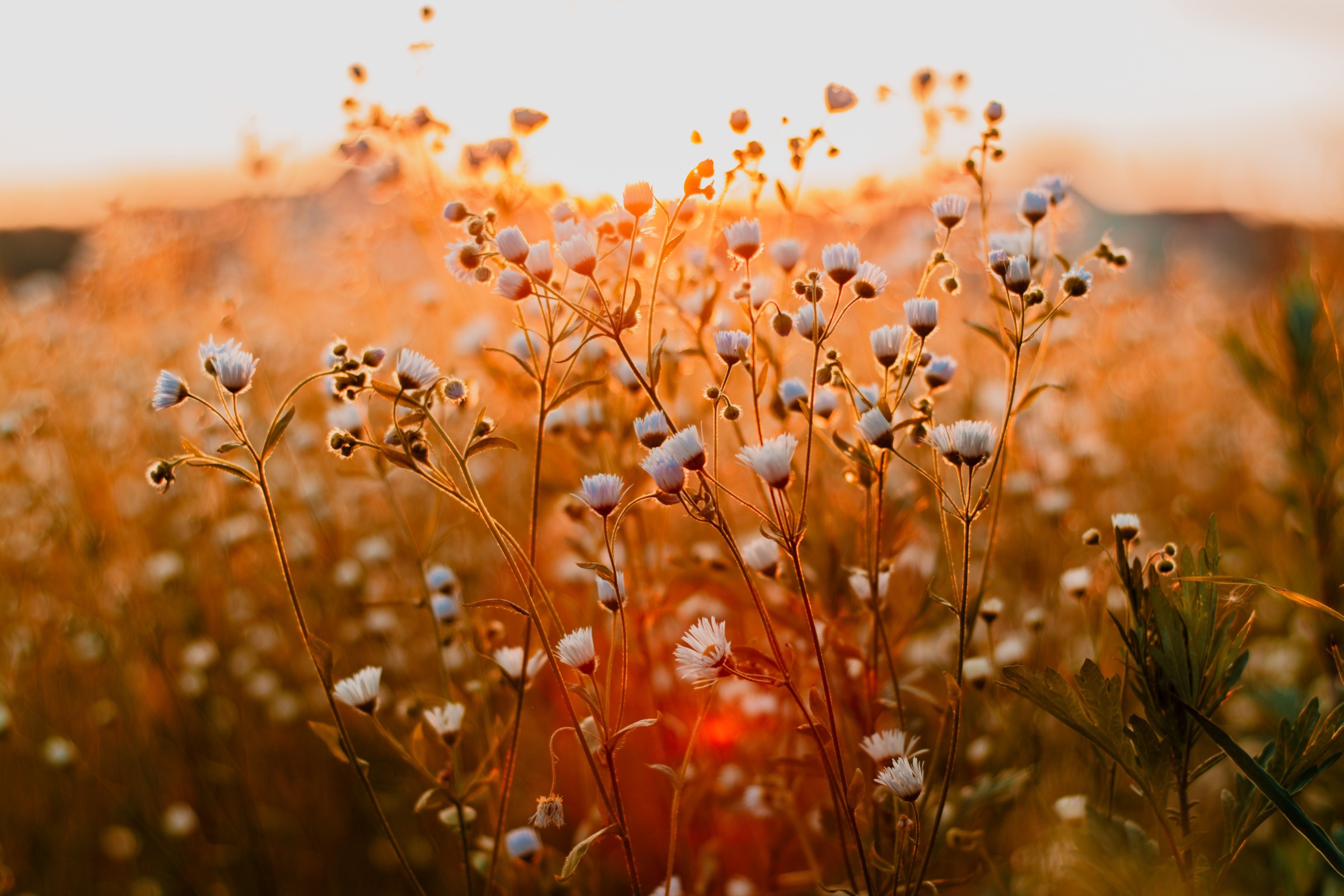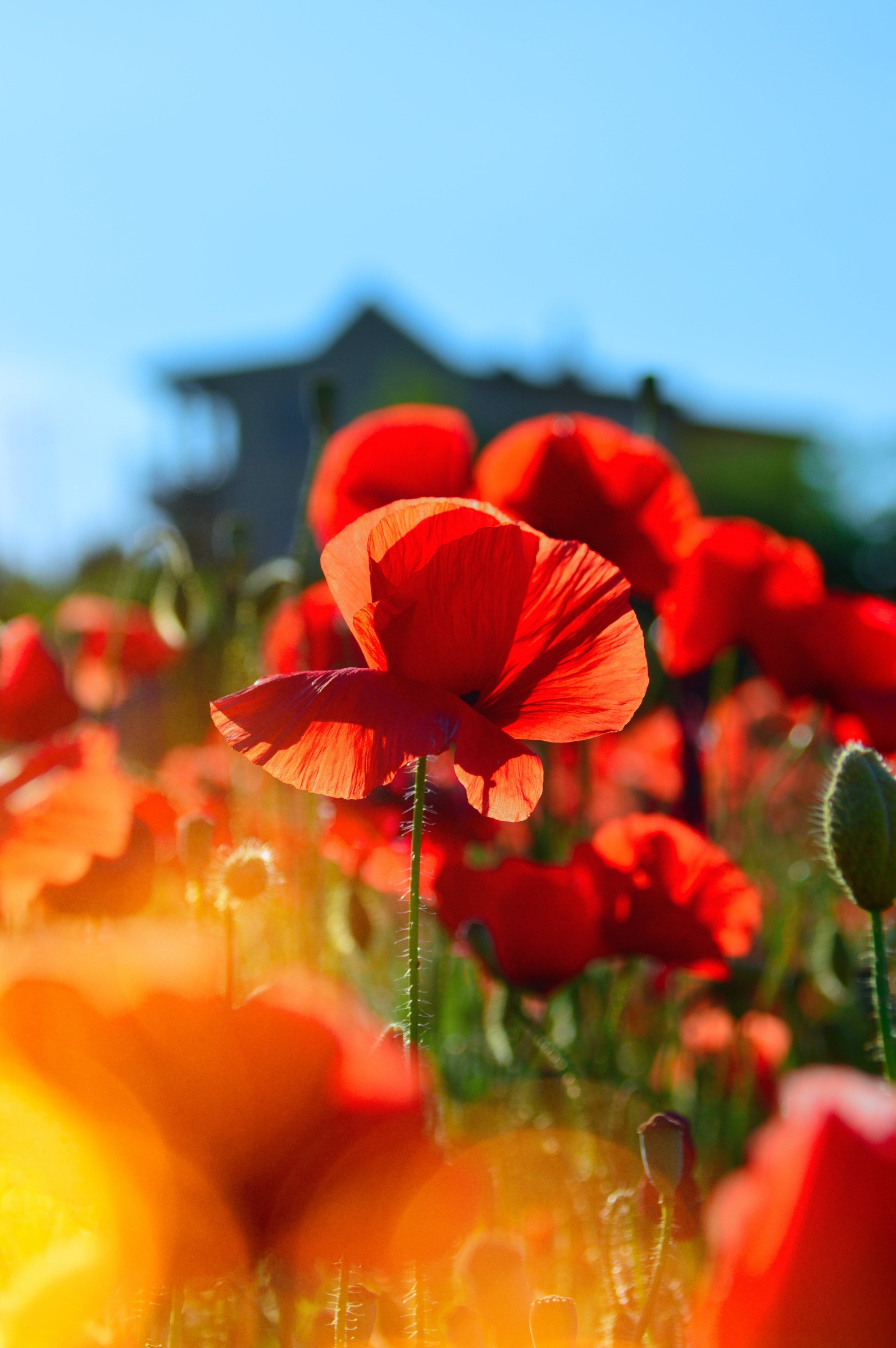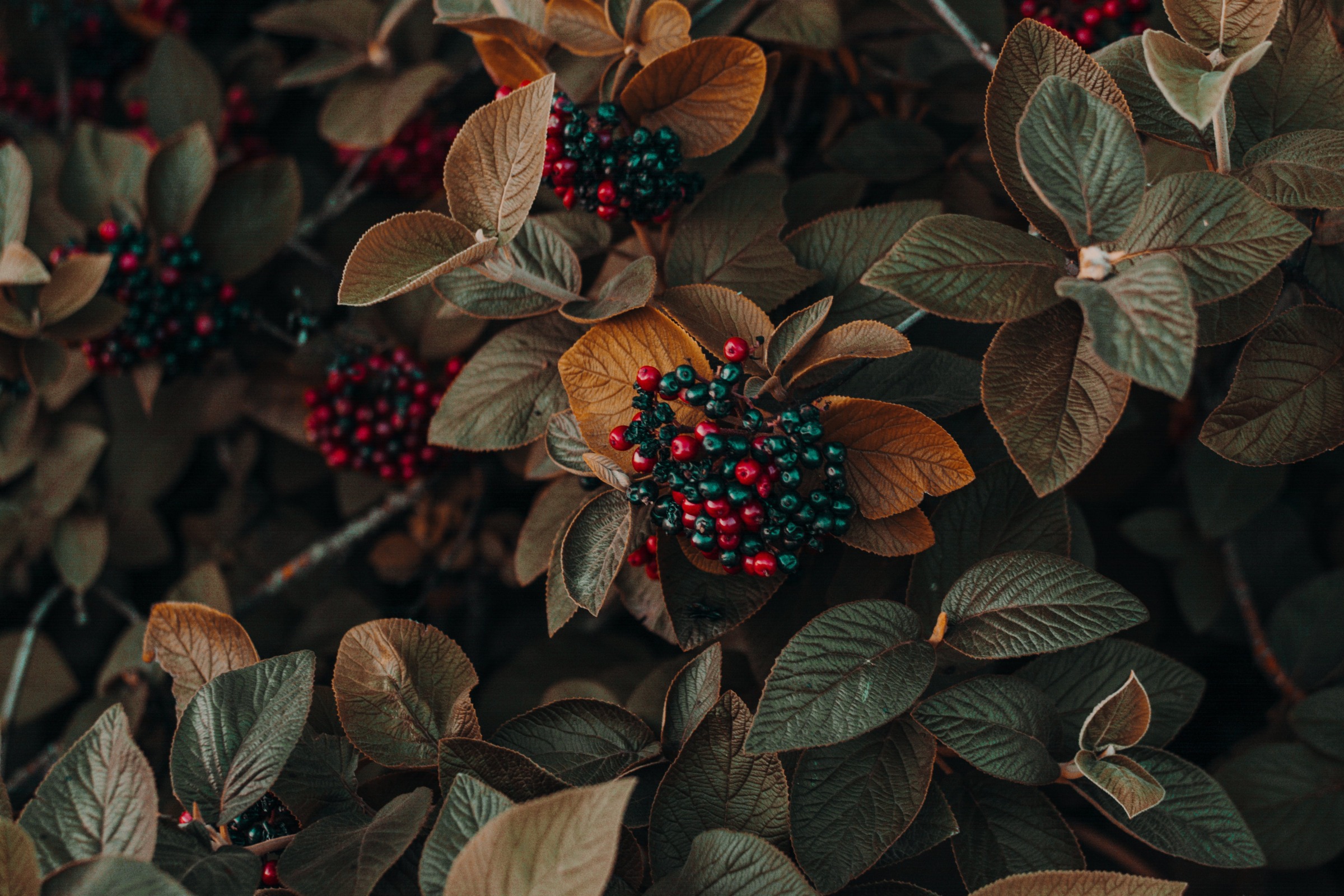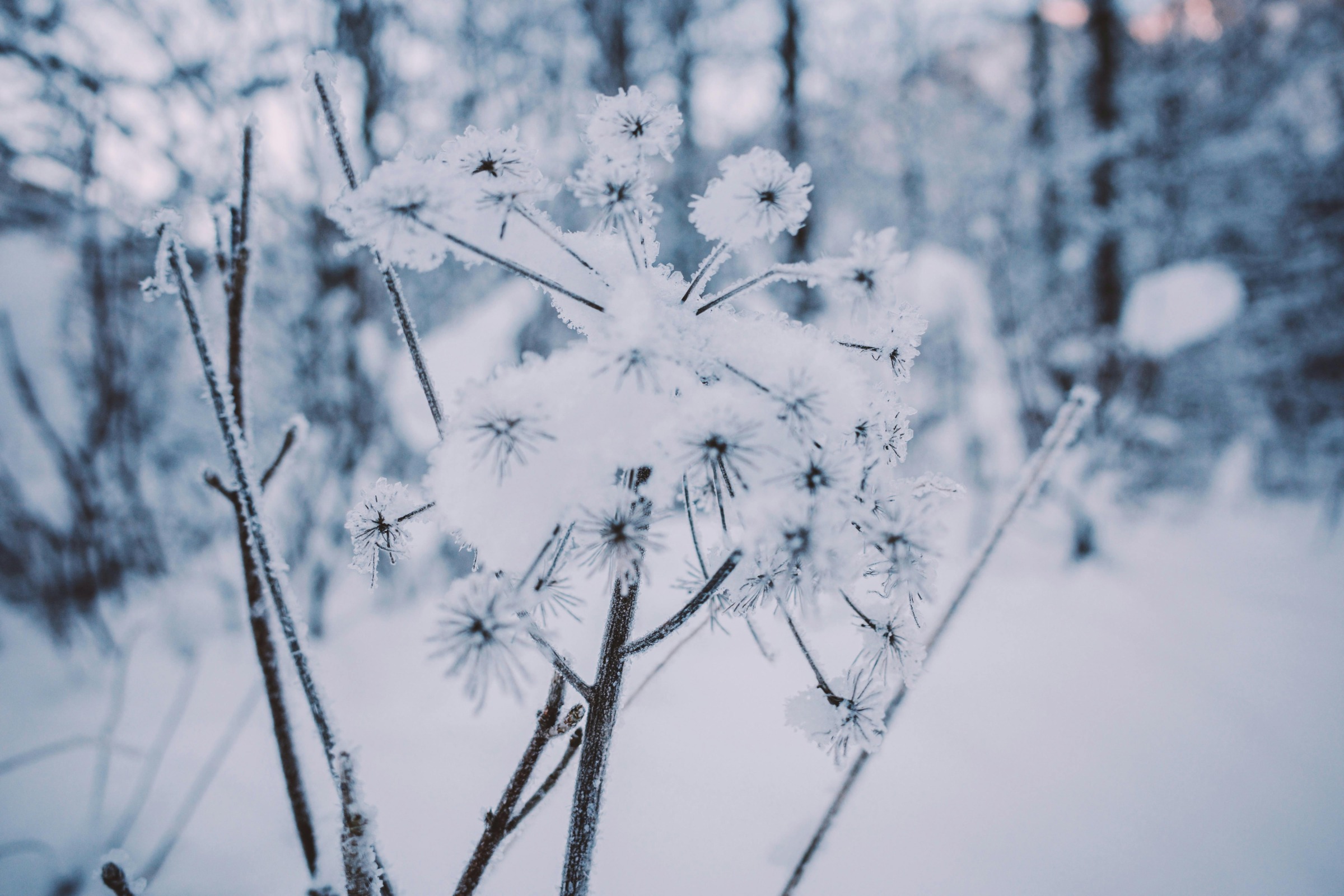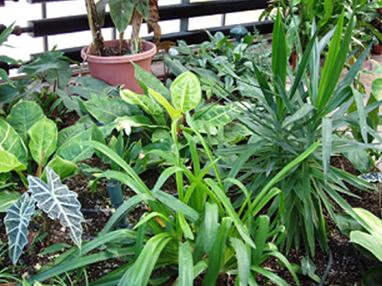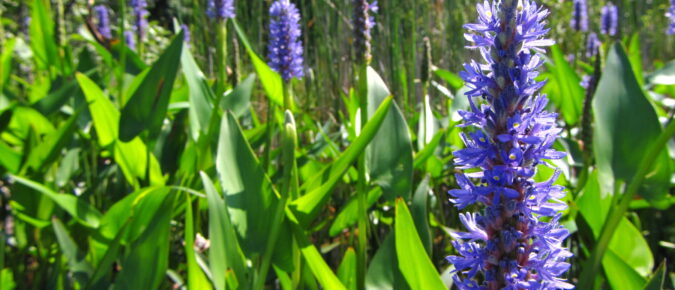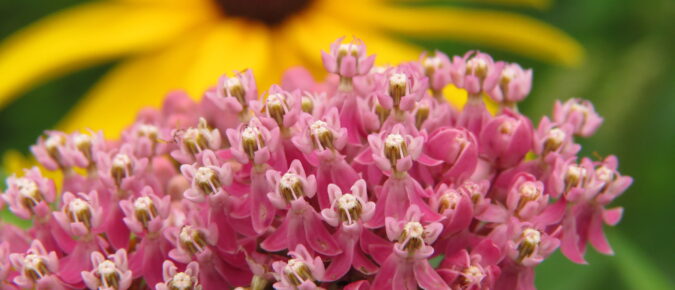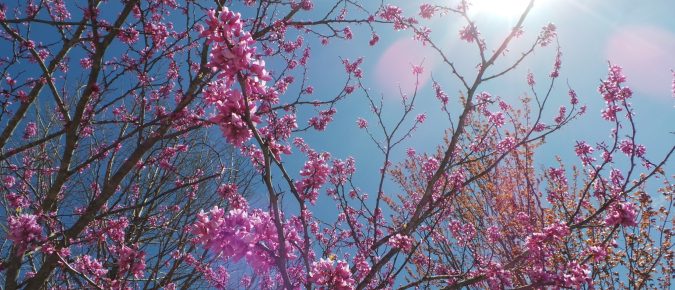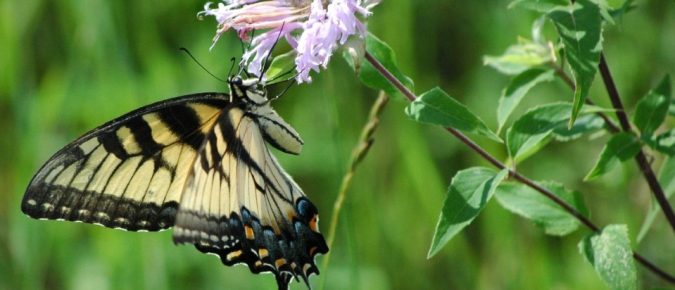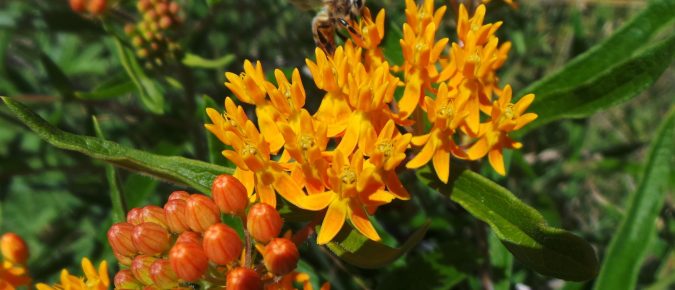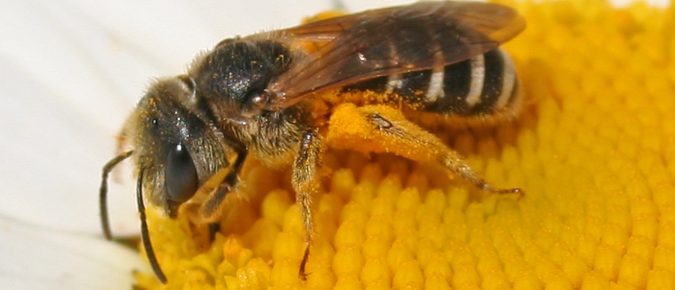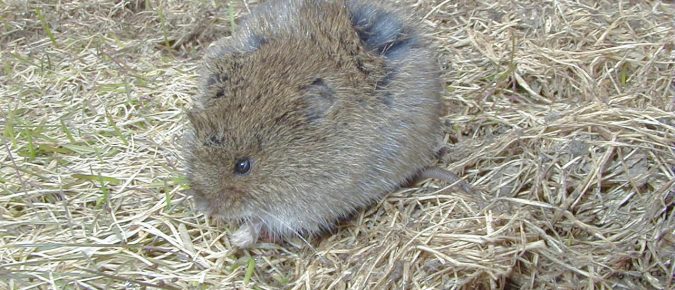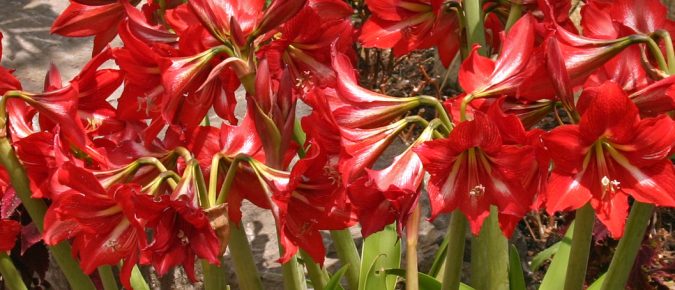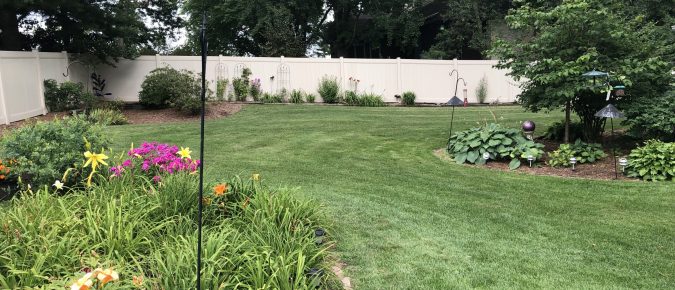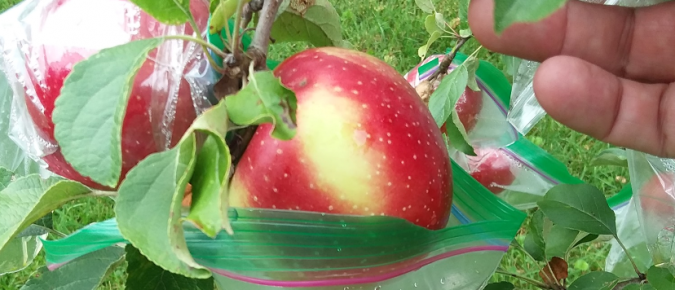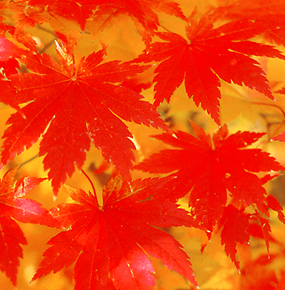Amy Gibbs* and Brian Hudelson, UW-Madison Plant Pathology Revised: 5/11/2010 Item number: XHT1033 Where do I put my houseplant in my home? Two of the most important factors in placing a houseplant in your home are light and temperature. Know both the light requirements of your plant and the sources of light in your home […]
Aquatic and wetland plants are great additions to your water gardens, ponds, and rain gardens to oxygenate the water, shelter and feed wildlife, provide beauty, and support pollinators. The plants we choose for rain gardens are also key to how it will function to reduce runoff. Over time, we have learned that many invasive plants introduced to our gardens impact native species by spreading into natural areas.
Flowers, grasses, and sedges are great additions to your gardens and home landscape to intercept and control dirty water, store and cycle carbon, promote healthy soil, shelter and feed wildlife, and provide pollinator support. Over time, we have learned that many plants introduced into our gardens can negatively impact native species by spreading into natural areas.
Have you heard about “No Mow May?” Many people have committed to not mowing their yards in May, allowing flowering plants to grow to help provide food for pollinators. Before you stow away your mower for May, let’s look at what options you can take to help pollinators this Spring.
By: Lynn Markham, Extension Land Use Statewide Specialist, UW-Stevens Point Maybe you’ve heard news stories about declines in pollinators and songbirds. In this video, you will learn what research studies have found about how pesticides affect pollinators and songbirds. You will also learn about what people have done to help in their yards and communities […]
By: Susan Carpenter, Wisconsin Native Plant Garden Curator, UW-Madison Arboretum In this video, learn how to select and care for plants to attract and support diverse pollinators in your garden all season long. This presentation emphasizes native plants and pollinators and includes sustainable gardening practices. Pollinator Gardens: Plant Selection and Garden Care (Link to YouTube) […]
By: PJ Liesch, Extension Entomology Specialist, UW-Madison While bees such as honey bees and bumblebees are well-known, Wisconsin is home to nearly 500 species of bees. Most of these bees go unrecognized by the public but provide critical pollination services. In this video, you will learn about some of the commonest wild bees in the […]
In winter, young trees are prone to a variety of hazards. In this video, learn how you can mitigate that damage by protecting young trees from potential wildlife damage and how to effectively protect trunks from winter sunscald damage.
By: Janell Wehr, Horticulture Outreach Specialist Festive houseplants are common gifts in winter. In this video, learn how to keep a poinsettia, Christmas cactus, Norfolk Island Pine and other favorite gift plants thriving. Common gift plants are usually native to tropical locations around the world, in particular Norfolk Island Pines, holiday cactus, and poinsettias. Using […]
By: Andrea Ackerman, Horticulture Outreach Specialist In this video, learn how to approach your garden and yard cleanup with a better understanding of strategies you can use to benefit your yard, keeping in mind plant diseases, insects, winter interest and wildlife food. When preparing a garden for fall and winter, focus on plant diseases, insect […]
Producing apples in home gardens can be challenging due to damage by insects and fungal diseases. One effective organic solution is placing developing fruit in bags. This factsheet describes the process.
The colors of autumn leaves are one of nature’s most beautiful spectacles. Learn about what goes on inside leaves that leads to a beautiful fall color show in this article.

